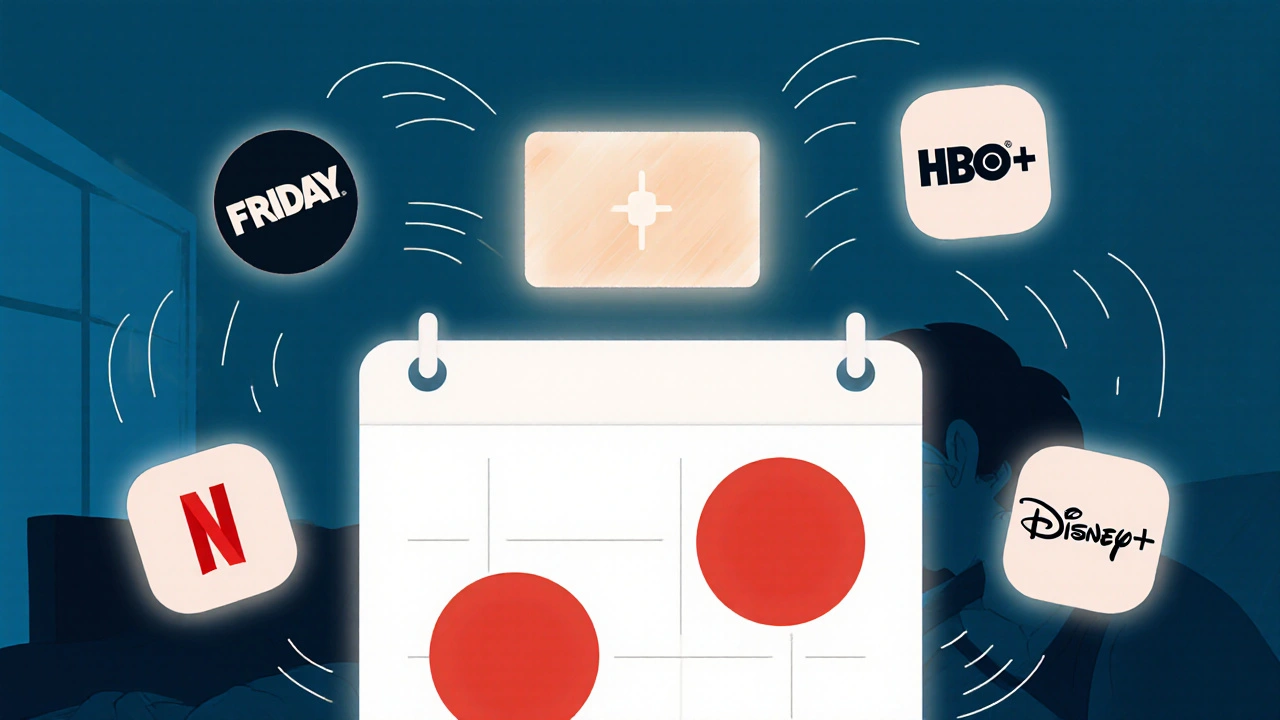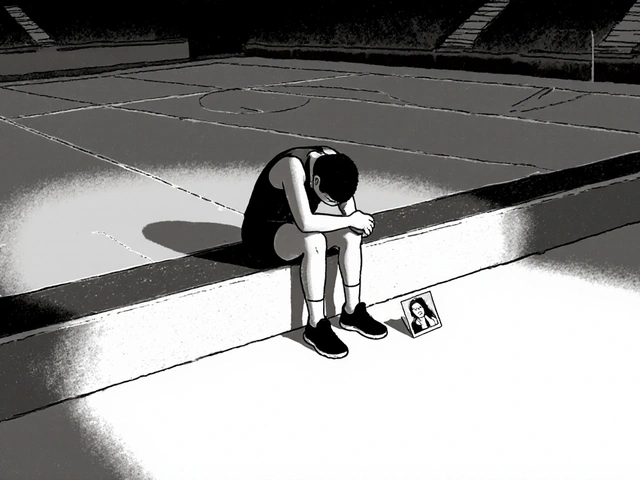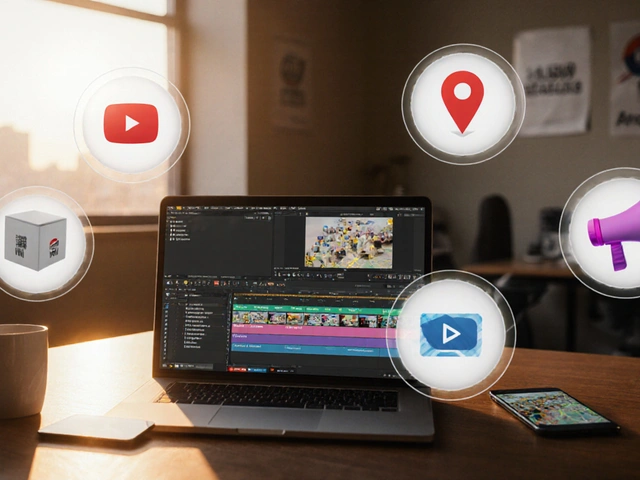Release Timing: How Scheduling Impacts Box Office, Streaming, and Viewer Engagement
When you hear release timing, the strategic decision of when a film or show hits theaters or streaming platforms. Also known as release window, it’s not just a calendar date—it’s a calculated move that can make or break a movie’s success. Think about release timing like a baseball pitch: throw it too early, and the crowd isn’t ready. Too late, and someone else already scored. Studios don’t pick dates randomly. They watch holidays, competitor releases, and even social media buzz to find the sweet spot where attention is highest and competition is lowest.
Take Demon Slayer: Infinity Castle, a record-breaking anime film that opened during a holiday season with little competition. Its release timing wasn’t an accident—it rode the wave of years of fan loyalty, avoided clashing with other blockbusters, and turned every screening into a shared cultural event. Meanwhile, anime theatrical events, special screenings with immersive tech like ScreenX and live Q&As, rely on release timing to turn moviegoers into participants. These aren’t just showings—they’re experiences timed to maximize hype, often dropping right after a season finale or during fan conventions.
It’s not just about theaters. streaming release schedule, when a show drops all episodes at once or slowly over weeks affects how long people talk about it. Drop everything on a Friday? You get binge-watching and instant reviews. Stretch it out? You keep subscribers hooked for months. Netflix, Disney+, and others now treat release timing like a marketing tool—testing what works for different genres, regions, and audiences. A horror film might drop on Halloween. A family movie? Right before spring break. And if you’re trying to get your video content seen, knowing this helps you plan when to post, not just what to post.
Behind every big release is a mix of data, tradition, and gut feeling. Studios track when people are off work, when schools are out, and even when major sports events end. They avoid releasing a heavy drama the same week as a superhero movie—because viewers won’t split their attention. And with so many options now, timing isn’t just about getting seen—it’s about being remembered. The right date can turn a good film into a phenomenon. The wrong one? It disappears in the noise.
What you’ll find here are real examples of how release timing shapes what we watch and how we feel about it—from record-breaking anime films to the quiet strategies behind streaming drops. You’ll see how fan culture, technology, and business decisions all collide on a calendar. Whether you’re a creator planning your next video or just someone who wonders why that movie came out in July, this collection breaks down the logic behind the dates—and how you can use it to your advantage.
7
Covering Streaming Originals: Release Timing and Platform Context
Streaming originals don't just drop randomly - their release timing and platform context shape how audiences experience them. Learn why when and where a show lands matters as much as the story itself.
Latest Posts
Popular Posts
-
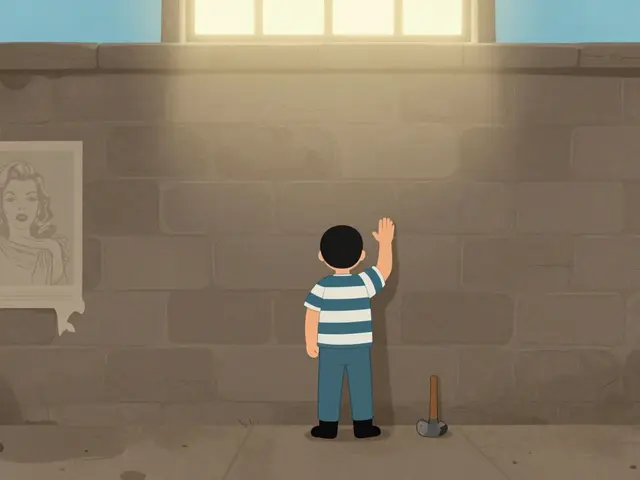 IMDb’s Top 250 Explained: Why The Shawshank Redemption Still Reigns
IMDb’s Top 250 Explained: Why The Shawshank Redemption Still Reigns
-
 App Layout Strategies: Organize Streaming Services by Genre and Use
App Layout Strategies: Organize Streaming Services by Genre and Use
-
 Best Educational TV Shows for Preschoolers, Elementary Kids, and Tweens
Best Educational TV Shows for Preschoolers, Elementary Kids, and Tweens
-
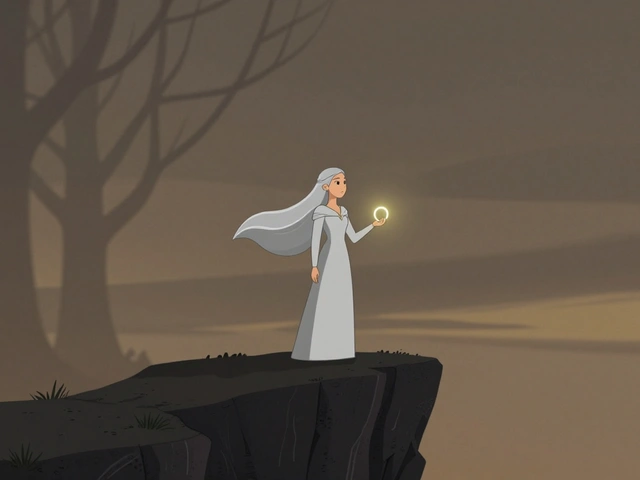 Lord of the Rings: The Rings of Power on Prime Video - What to Know in 2025
Lord of the Rings: The Rings of Power on Prime Video - What to Know in 2025
-
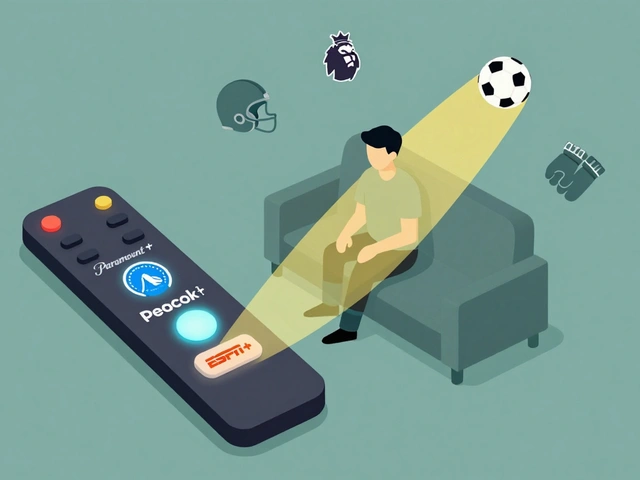 Paramount+ with Showtime vs. Peacock Premium vs. ESPN+: Which Sports Add-On Fits Your Viewing Habits?
Paramount+ with Showtime vs. Peacock Premium vs. ESPN+: Which Sports Add-On Fits Your Viewing Habits?
